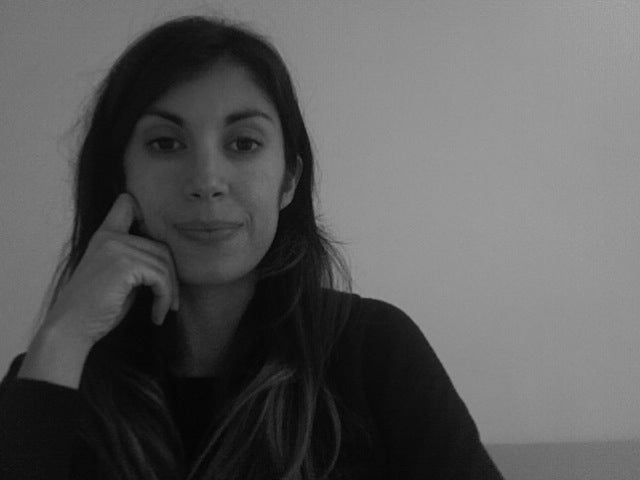What is it like to work as a painting authenticator?
It takes forensic detective work to discover whether a painting is genuine or not

Your support helps us to tell the story
From reproductive rights to climate change to Big Tech, The Independent is on the ground when the story is developing. Whether it's investigating the financials of Elon Musk's pro-Trump PAC or producing our latest documentary, 'The A Word', which shines a light on the American women fighting for reproductive rights, we know how important it is to parse out the facts from the messaging.
At such a critical moment in US history, we need reporters on the ground. Your donation allows us to keep sending journalists to speak to both sides of the story.
The Independent is trusted by Americans across the entire political spectrum. And unlike many other quality news outlets, we choose not to lock Americans out of our reporting and analysis with paywalls. We believe quality journalism should be available to everyone, paid for by those who can afford it.
Your support makes all the difference.It can take anything from an hour to a year for Dr Elize Maza to discover whether a painting is a fake or not. The art authenticator is asked by clients around the world to find out if their Picasso, Warhol, Matisse or Goya paintings are true originals.
Sometimes it will be immediately clear from looking at a client's painting whether it is a fake; but if not Maza will shine UV light on to the work, take a photo of it with an infrared camera or even X-ray it to see what lies beneath its surface.
In one case involving a so-called Goya, the scan showed an entirely different painting by a lesser-known artist underneath.

As well as using scientific clues to put the puzzle pieces together, the "art detective" travels to museums across Europe to find historical examples of the paintings in question. She will also check to see whether an artist's distinctive colour palette or brush strokes have been used.
"There's this whole investigative aspect to my work," she says. "It's really fun."
Picasso is the most forged artist she encounters because of his "prolific output" and the high value of his works. She has yet to discover an original by the Spanish artist. But her most exciting find to date has been an original Andy Warhol drawing.
"Once you do actually find a real work, it's pretty amazing to think that you were handling it and got to play around with it," she says.
But she doesn't always find such satisfying discoveries, and it can be hard to let clients down. "You feel as if you're breaking somebody's dream, especially when they really believe that they had uncovered a treasure."
As for people who say "I could have done that" when they see contemporary art, Maza says it's not that simple: "There are a lot of different factors involved in one single painting. Once you try to mimic a work, you realise how difficult it is."
Join our commenting forum
Join thought-provoking conversations, follow other Independent readers and see their replies
Comments